Plant Vacuoles and Animal Vacuoles
Vacuoles are membrane-bound Cell Organelles which are found in cells of both Plants and Animals.
In plant cells, vacuoles are large and can take up most of the cell’s volume. They store water and nutrients, and also play a role in maintaining the cell’s shape and structure. In animal cells, vacuoles are smaller and have a variety of functions, such as storing waste products, breaking down and recycling Cellular Components.
Also Check – Cell Organelles – The Complete Guide
5 Important Difference between Plant Vacuoles and Animal Vacuoles
| Plant Vacuole | Animal Vacuole | |
|---|---|---|
| 1 | Plant cell has single large vacuoles that almost cover 90% of the cell space. | Animal cell contains one or many Vacuoles which are smaller in size as compared to plant vacuoles. |
| 2 | Plant vacuole contains cell sap. | Animal vacuole contains fluid food or metabolic waste in animal cell. |
| 3 | Vacuoles are permanent structure in plant cell | Vacuoles can be temporary structure in animal cell. |
| 4 | Vacuoles are generally occurs in center of plant cell. | Vacuoles are distributed all over the animal cell. |
| 5 | Vacuoles in plant cell are important to maintain the turgor pressure. | Vacuoles in animal cells are important in exocytosis and endocytosis. |
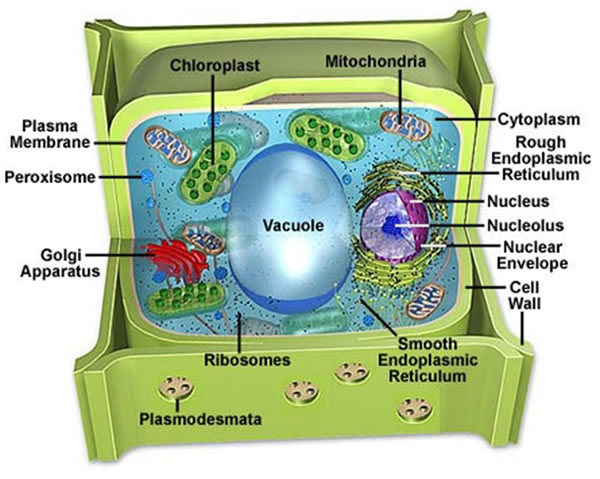 | 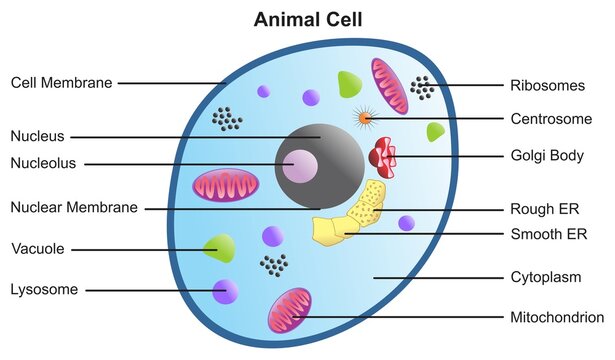 |
Also Check – Why do Plant cells possess Large Sized Vacuoles ?
Also Check – Vacuoles – Definition, Functions, Types And Location
Also Check – 10 Important Vacuoles Functions
Also Check – What will happen to the Plant Cell without Vacuole?
Also Check- Parts of Plant Cell – Location , Structure and Functions
Also Check – 8 Important Differences Between Plant Cell and Animal Cell for Class 9
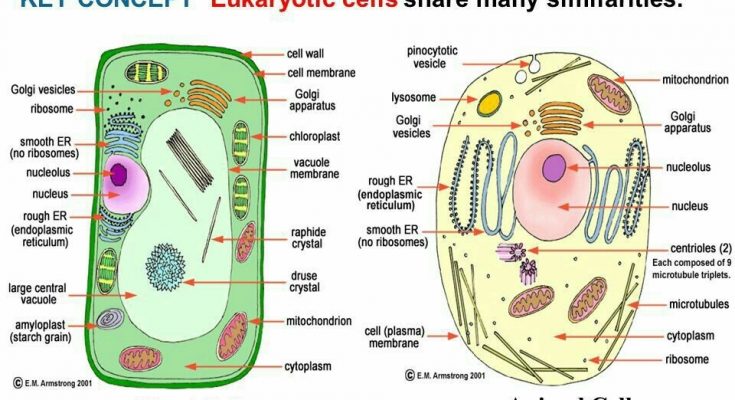
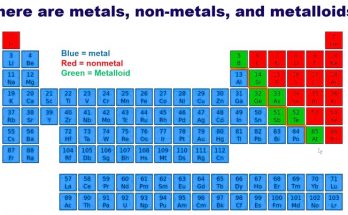
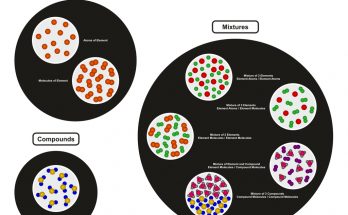
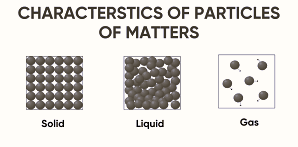
8 Comments on “What is the Difference between Plant Vacuoles and Animal Vacuoles?”